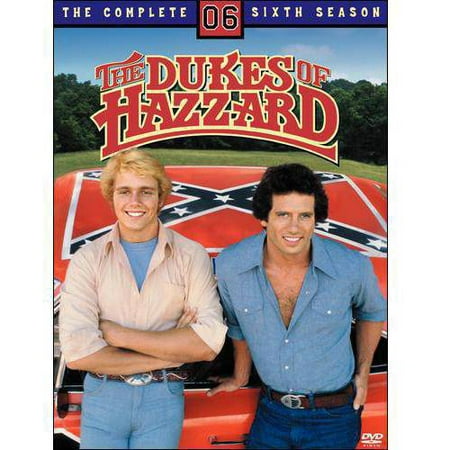There was once a monk name Xuefeng serving as temple cook under the great Zen Master Dongshan. One day, when Xuefeng was washing rise, Dongshan asked him, “Are you washing the rice to remove the sand, or washing the sand to remove the rice?”
Xuefeng responded, “Sand and rice are both washed away together.”
Dongshan then said, “If so, what are we gonna eat for dinner?”
At that, Xuefeng overturned the washing bowl and walked out. Dongshan said, “You should please go and cook someplace else. Find a new kitchen and temple.”
Jundo Note – These Koans can often be taken several ways, some folks say that we should not try to eplain them at all. I disagree. In most of these stories, the actors were trying to make a point, although often in a witty or dramatic way. So, what might the above story be on about?
Perhaps, getting back to the twin vision of Samsara (this mixed up world) and Nirvana (the clear realm of Buddha) that runs all through Zen Buddhism, the question about the “rice and sand” was really about that. Dongshan was asking one of those funny Zen questions using rice and sand to be asking something like, “So, are you washing away samsara to find nirvana, or are you washing nirvana to clean samsara.” Something like that. In answer, saus that “both are washed away,” probably meaning Emptiness in which all opposites, including the opposites of “samsara vs. nirvana, delusion vs. enlightenment” are all washed away into the flowing water of Emptiness. In emptiness, samsara and delusion both dissolve as separate things. At that point, Dongshan asks what they are going to eat if both are washed away, perhaps meaning that if all separate things dissappear into Emptiness, then where are we going to live because we need all that separate stuff to have a life.
At that point, it is not clear. Sometimes Zen folks kick over buckets to indicate that they are just not going to play word games. However, in this case, I am pretty sure that poor Xuefeng just got annoyed, packed up his knives and stormed out. In any case, it was pretty inconsiderate of all the monks in his charge who would be without rice that day.
Remember that Zen Practice is always about seeking to experience and know “the Absolute,” “Emptiness” and such, that great flowing beyond individuality. However, it is considered a sickness to only know that and get lost there. One must then bring it back to this ordinary world and get on with daily life.



 Reply With Quote
Reply With Quote













